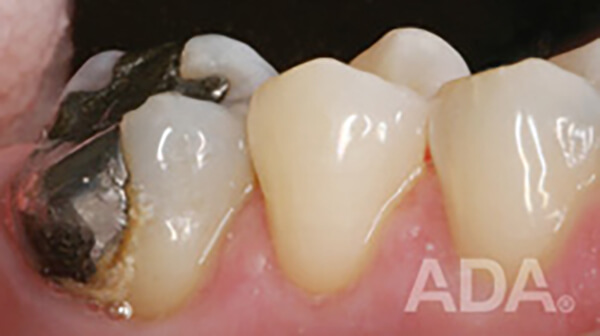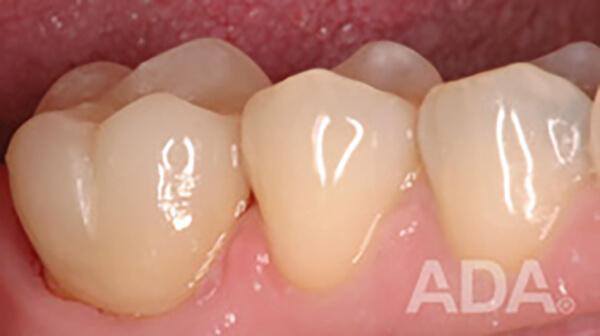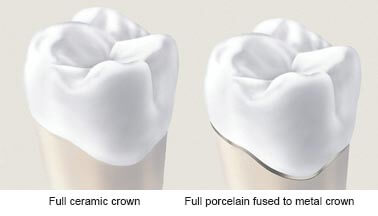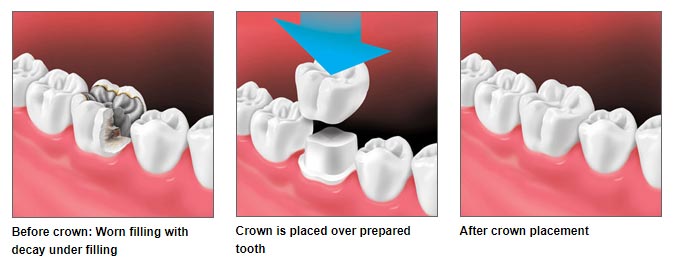IMPROVE YOUR SMILE
Porcelain Crowns
A crown is a cover or "cap" your dentist can put over a tooth. The crown restores the tooth to its normal shape, size, and function. A crown can make the tooth stronger or improve the way it looks.
Why do I need a crown?
You may need a crown if you:
• have a cavity that is too large for a filling
• have a tooth that is cracked, worn down, or otherwise weakened
• have had root canal treatment-the crown will protect the restored tooth
• want to cover a discolored or badly shaped tooth and improve your smile


Patients Teeth Before & After Teeth Whitening

What is it made from?
Crowns are made from several types of materials. Metal alloys, ceramics, porcelain, porcelain fused to metal, or composite resin may be used. When a crown is made, the material often is colored to blend in with your natural teeth.
As your dentist we want your crown to look natural and fit comfortably in your mouth. To decide which material to use for your crown, your dentist will consider many factors, such as:
• the tooth's location and function
• the position of the gum tissue
• your preference
• the amount of tooth that shows when you smile
How is a crown placed?
It usually takes two dental visits to complete the treatment. When a crown is placed over a natural tooth, several steps are involved:
1. The dentist prepares the tooth by removing its outer portion so the crown will fit. Any decay is also removed. If additional tooth structure is needed to support the crown, the dentist may build up the core of the tooth.
2. An impression is made to provide an exact model for the crown. The impression can be made from a mold or by digitally scanning the tooth.
3. You will get a temporary crown while you wait for the permanent crown to be ready. This usually takes less than two weeks. While you have a temporary crown, the tooth may be sensitive to hot and cold. Avoid chewing gum and sticky foods during this time.
4. When the new crown is ready, the dentist places it in your mouth and makes the necessary adjustments. When you and your dentist are happy with how it looks and feels, the crown is cemented into place.

Caring for your teeth
Like natural teeth, crowns can break. And the tooth under the crown can still get cavities. To prevent cavities or damage to your crown:
• Brush your teeth twice a day and clean between your teeth once a day. Look for oral care products that have the American Dental Association's Seal of Acceptance, which tells you that they meet ADA standards for safety and effectiveness.
• Avoid chewing hard foods, ice, or other hard objects, such as pencils, especially if you have tooth-colored crowns.
• Be sure to see your dentist for regular exams and professional teeth cleanings.

Produced in cooperation with the American College of Prosthodontists "Crown Used to Replace a Filling" - photos courtesy of John R. Nosti, DMD, FAGD, FACE, www.cosmeticdentistryofsj.com.
HOW CAN WE HELP?
Request Appointment
Please use this form to request an appointment. This will not schedule you but will give us your preferred day and time. Someone will contact you to schedule an appointment.

